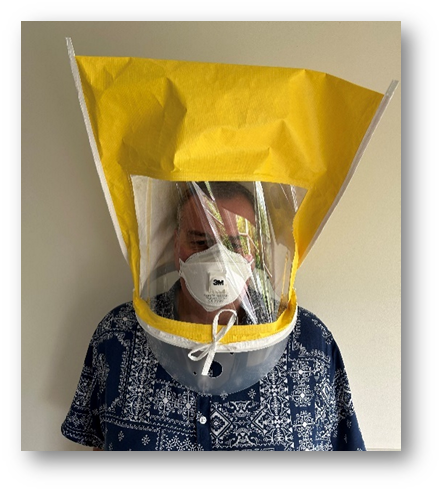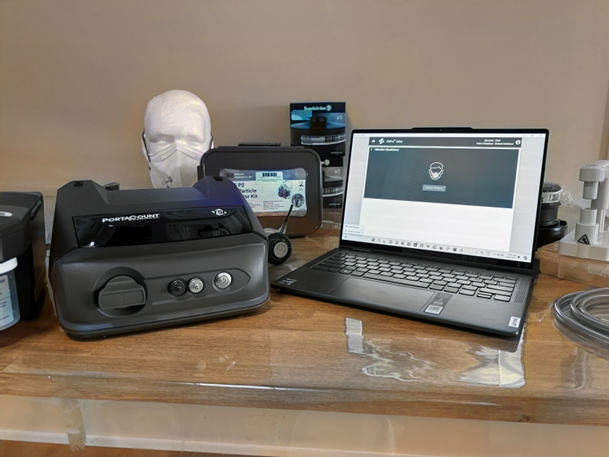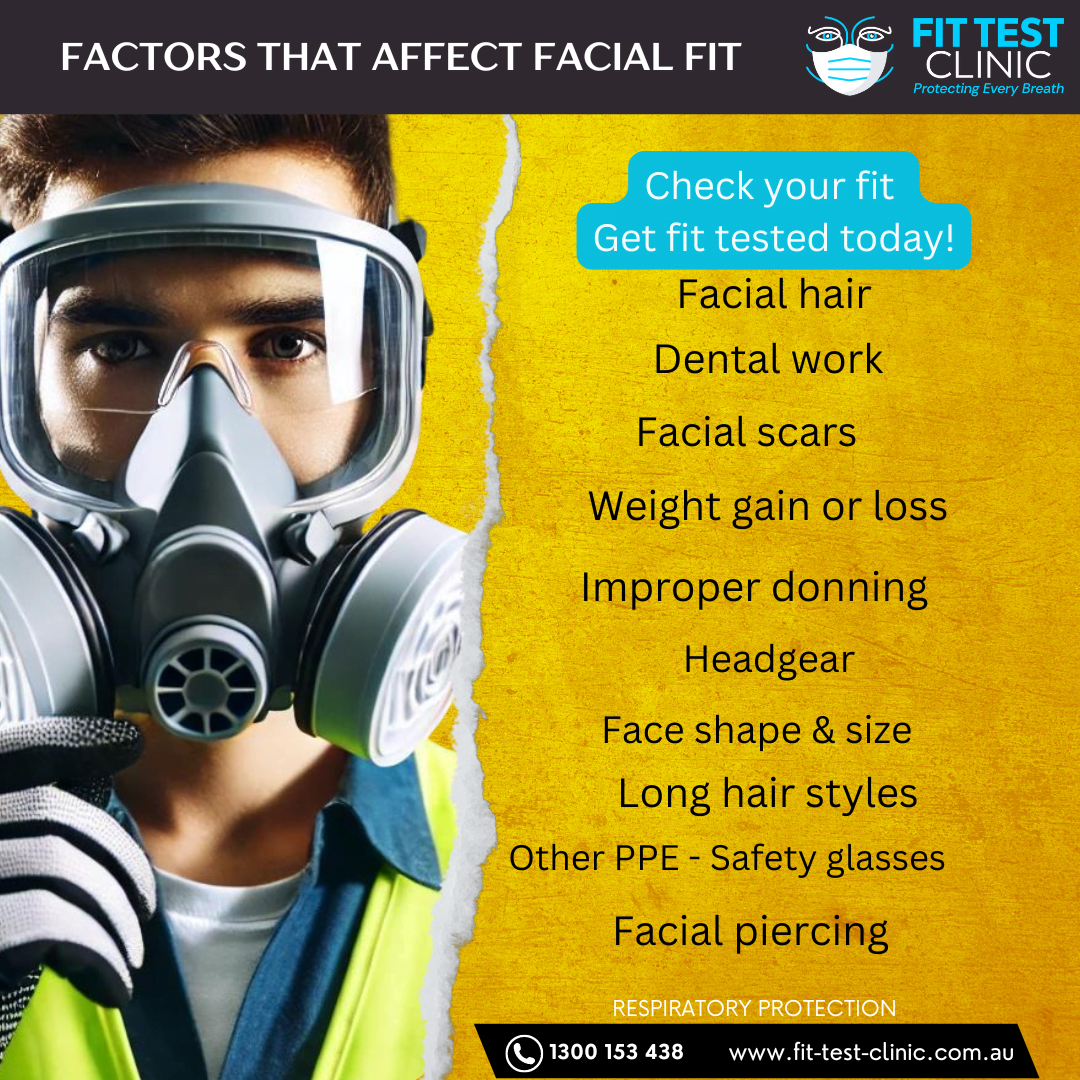
1. Qualitative Fit Testing
- Method: This test is based on the wearer’s sensory detection (taste, smell, or irritation) of a test substance.
- Test Substances: Common substances used include a bitter or sweet aerosol, or smoke that can irritate the wearer.
- Procedure: The wearer puts on the respirator, and a testing solution is released around the respirator’s face seal. If the wearer can detect the substance, it indicates a poor fit,
- Suitability: This method is less precise since it relies on subjective feedback from the wearer.

2. Quantitative Fit Testing
- Method: This test uses a machine to measure the amount of leakage around the face seal of the respirator. The Fit Test Clinic uses the PortaCount Condensation Nuclei Counter (CNC) to measure the particles.
- Equipment: The It attaches to the respirator and compares the concentration of particles inside the mask to those in the ambient air.
- Procedure: The wearer performs a series of movements and exercises while the machine measures the fit factor, which is a numerical value indicating the level of protection.
- Applications: Used for both half-face and full-face respirators, including more complex or high-risk environments.
- Suitability: More accurate and objective than qualitative testing, providing detailed data on how well the mask fits.
At the Fit Test Clinic we use qualitative testing is subjective and pass/fail, relying on the wearer’s senses, while quantitative testing is objective and provides a numerical fit factor, making it more precise and suited for environments with higher respiratory risks.
We use the PortaCount TSI Respirator Fit Tester 8048 machine and follow the OSHA Respiratory Protection Standard Protocols in 29 CFR 1910.134. This is suitable to fit test the following respirators:
- Full-facepiece and half-mask elastomeric respirators
- Filtering facepiece respirators
